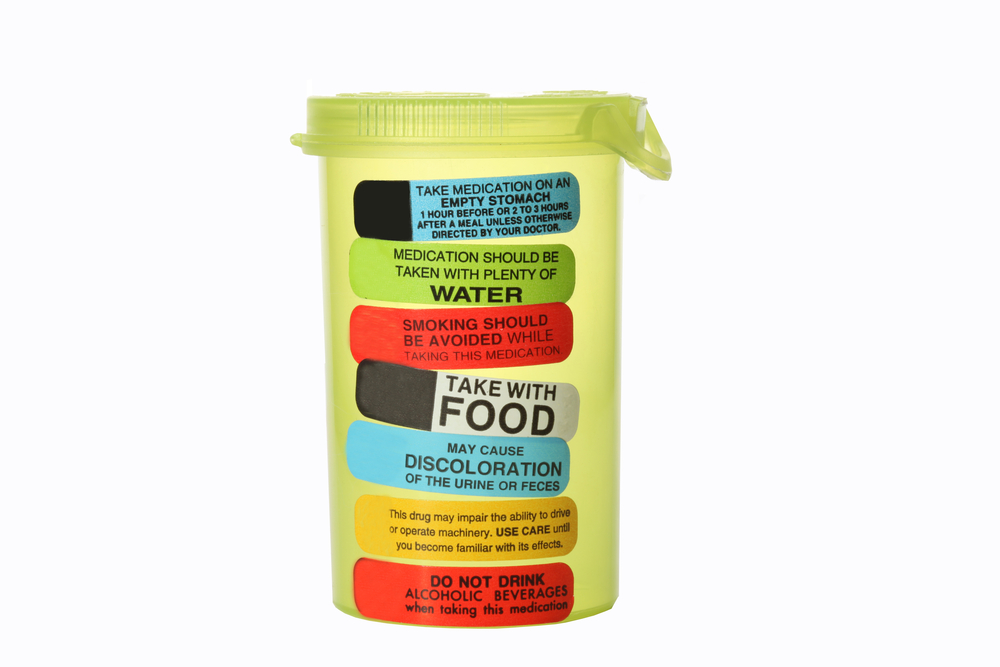
Last week, the Food and Drug Administration issued a new warning on the danger of mixing benzodiazepines and opioids. The agency is now requiring “boxed warnings,” the strongest FDA warning, on close to 400 products that list the hazards of mixing the drugs together.
The Centers for Disease Control and Prevention (CDC) has also warned doctors to stop prescribing the two drugs together, unless a patient is fighting a serious disease like cancer. Doctors were urged to warn patients of the risks involved when combining these prescription drugs with alcohol.
With the increased use of opioids in the United States over the last two decades, prescriptions for opioid drugs like oxycodone and hydrocodone have skyrocketed. Data compiled by the CDC show that middle-aged white men and women are dying at alarming rates, driven by opioid overdoses. The Washington Post analyzed data from the CDC between 1999 and 2014, which noted a 400% increase in opioid-related fatalities among middle-aged white women.
Benzodiazepines—a class of anti-anxiety drugs that include Valium, Xanax and Klonopin—contribute to a large share of overdose deaths, according to the Post. When combined with opioids, the results have proved deadly.
The FDA says that the number of patients being prescribed both drugs has risen 41% from 2002 till 2014, affecting almost 2.5 million people. Both drugs ease anxiety and pain, but hazards such as respiratory depression, extreme sleepiness, coma and death have been reported.
“They act like a dimmer switch on the central nervous system,” Rear Admiral Susan Blumenthal, an expert on women’s health issues and former U.S. assistant surgeon general, told the Post. “When taken in combination, a person’s breathing and heart will slow down, and can ultimately stop. People can go to sleep and never wake up.” Of any demographic, white women are the most likely to be prescribed both benzodiazepines and opioids, putting them at the highest risk.
“It is nothing short of a public health crisis,” said FDA Commissioner Robert Califf. “We implore health care professionals to heed these new warnings and more carefully and thoroughly evaluate, on a patient-by-patient basis, whether the benefits of using opioids and benzodiazepines—or CNS depressants more generally—together outweigh these serious risks.”
